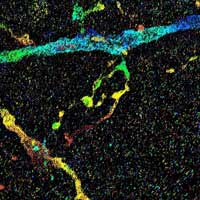 New technology allows scientists to measure wavefront distortions induced by the specimen, either a cell or a tissue, directly from the signals generated by single molecules - tiny light sources attached to the cellular structures of interest.
New technology allows scientists to measure wavefront distortions induced by the specimen, either a cell or a tissue, directly from the signals generated by single molecules - tiny light sources attached to the cellular structures of interest.
Monday, May 4, 2020
New imaging technology allows visualization of nanoscale structures inside whole cells and tissues
 New technology allows scientists to measure wavefront distortions induced by the specimen, either a cell or a tissue, directly from the signals generated by single molecules - tiny light sources attached to the cellular structures of interest.
New technology allows scientists to measure wavefront distortions induced by the specimen, either a cell or a tissue, directly from the signals generated by single molecules - tiny light sources attached to the cellular structures of interest.
Crystal power
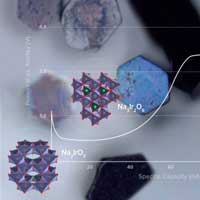 A single-crystal electrode that promises to yield pivotal discoveries for advanced batteries under development worldwide for electric vehicles, consumer electronics and other applications.
A single-crystal electrode that promises to yield pivotal discoveries for advanced batteries under development worldwide for electric vehicles, consumer electronics and other applications.
Water-splitting module a source of perpetual energy
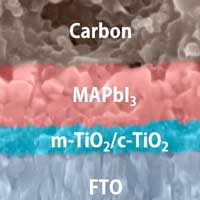 Researchers have created an efficient, low-cost device that splits water to produce hydrogen fuel.
Researchers have created an efficient, low-cost device that splits water to produce hydrogen fuel.
Preventing cancer recurrence thanks to nanotechnologies
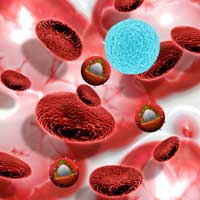 The project XtraUS - Fighting cancer relapse with remote activation of smart and targeted nanoconstructs - is aimed at testing and validating an innovative technology to contrast the presence of circulating cancer cells in the bloodstream and to consequently reduce recurrences.
The project XtraUS - Fighting cancer relapse with remote activation of smart and targeted nanoconstructs - is aimed at testing and validating an innovative technology to contrast the presence of circulating cancer cells in the bloodstream and to consequently reduce recurrences.
To make an atom-sized machine, you need a quantum mechanic
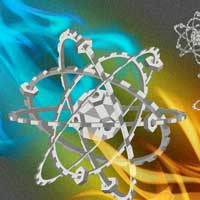 Researchers turn a single atom into a quantum engine and a quantum fridge.
Researchers turn a single atom into a quantum engine and a quantum fridge.
Controlling the movements of molecular machines
 Researchers report that they have found a way to control molecular machines so that they move in a certain direction - for example, into the bloodstream.
Researchers report that they have found a way to control molecular machines so that they move in a certain direction - for example, into the bloodstream.
The smallest microelectronic robot in the world
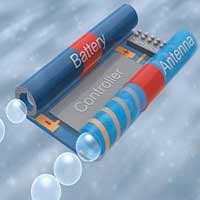 Researchers report the development of the smallest microelectronic robot in the world, which is driven and controlled by a twin-jet-engine.
Researchers report the development of the smallest microelectronic robot in the world, which is driven and controlled by a twin-jet-engine.
How to put neurons into cages
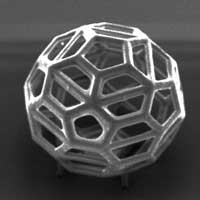 Nerve cells have now been introduced into spherical cage structures using acoustic bioprinting technology, so that multicellular nerve tissue can develop there.
Nerve cells have now been introduced into spherical cage structures using acoustic bioprinting technology, so that multicellular nerve tissue can develop there.
Subscribe to:
Comments (Atom)
